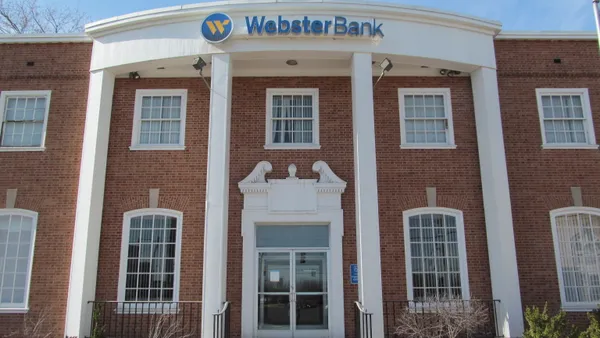The Federal Reserve is considering tightening bank capital requirements and revamping annual stress tests, Michael Barr, the central bank’s vice chair for supervision, warned Thursday in a speech.
Barr, speaking virtually to the American Enterprise Institute, emphasized that regulators — and bank managers — should be “humble” with regard to the ability to predict future downturns.
“While we have learned from and adapted to the lessons from the Global Financial Crisis, this experience underscores the need for humility and continued vigilance about the risks we may not fully appreciate today,” Barr said, while noting that the capital level in banks now is strong.
Barr did not give a timeline by which the central bank would complete a “holistic” review of the framework behind stress tests that set capital requirements but said he would give more details early next year.
Banks are part of the broader financial system, but have lost ground over the past 40 years. Nonbank financial intermediaries fund nearly 60% of the credit to the U.S. economy, compared with less than 30% in 1980, Barr said.
“In times of stress, banks serve as central sources of strength to the economy, and they need capital to do so,” he said.
The Fed released the results of its annual stress test in June, indicating the 33 largest U.S. banks maintain capital levels strong enough to weather the severe recession and carry on with lending activities.
But that doesn’t mean banks and their top executives are fans of them.
“We don’t agree with the stress test,” JPMorgan Chase CEO Jamie Dimon told analysts on a call in July. “It’s inconsistent. It’s not transparent. It’s too volatile.”
Dimon in September called an imminent increase in capital requirements “bad for America.”
JPMorgan maintained its status as the world’s most systemically important bank, the Financial Stability Board (FSB) found last month. The bank faces a 3.5% capital buffer under U.S. regulations.
Barr did not mention any particular bank Thursday, but he emphasized that capital requirements were essential for the larger ones.
“Larger, more complex banks pose the greatest risk and impose greater costs on society when they fail,” he said. “Higher capital requirements help to ensure that larger, more complex banks internalize this greater risk and counterbalance the greater costs to society by making these firms more resilient.”
The shocks associated with the COVID-19 pandemic were not a good indicator of banks’ resilience because of timely government intervention.
“Stress tests are not meant to be predictions about the future,” Barr said. “Humility suggests caution in that regard. But they should be stressful: Poking and prodding at the system so we can attempt to uncover hidden risks that could become manifest under certain scenarios."















